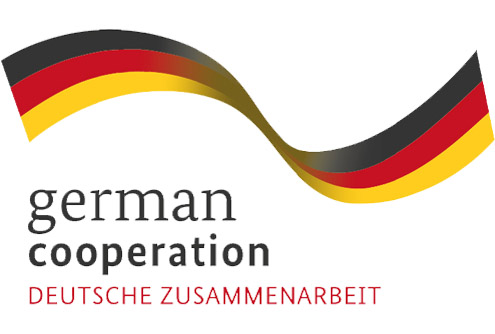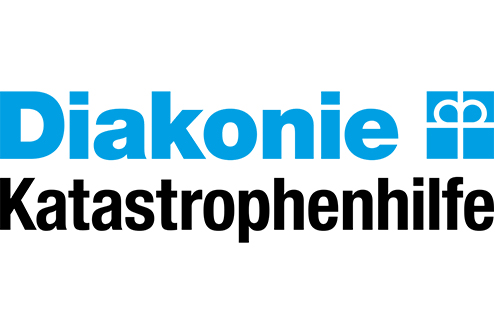Key steps in stage six
1. Major takeaways
Draw out key takeaways from stages one to five and participatory contingency planning (if also underway).
2. Actions and interventions
Determine the necessary actions and interventions to address various issues of the present and future, and to drive sustainable and resilient development. Consulting and collaborating with development planners or expert organisations and institutions is useful and essential, if viable.
Some of the well-known and successful strategies for strengthening resilience, mitigating future risks, and adapting to risks through development interventions include:
Landscape and ecosystems
Resilience can be strengthened through landscape infrastructure development and ecosystem service enhancement. Examples include blue-green infrastructure; buffer protection of landscape systems like river and natural drainage networks; wetland systems; and coastal buffers.
Integrated watershed management
Activities for integrated watershed management are anchored in: the understanding of watersheds of a given area; drainage paths and their health; the soil and environmental health of the watershed; social and cultural practices and mechanisms that enable healthy livelihoods; and sustainable resource harvesting by communities within the watershed.
Sustainable and climate-appropriate agricultural practices
Examples of practices include: water efficiency; use of local and native species that are drought and flood resistant; minimal use of polluting synthetic fertilisers; agroforestry practices; bees and birds conservation and protection practices; and organic farming.
Hazard specific interventions
These include: maintaining a protective buffer zone and a no-development zone; retro-fitting or rehabilitating existing developments or homes in hazard-prone areas to safer areas; and watershed management, redirection, and diversion of water to designed sinks or detention ponds in flood-prone areas.
Retrofitting
Retro-fitting existing infrastructure, human-occupied land and buildings to be resilient and future proof to various risks, especially increasing rainfall intensity, landslides, floods and storms. This can be achieved through actions such as: improving the capacity of drainage channels by creating vegetated buffers; detention ponds to divert floodwaters; stabilising the soils on steep terrains; and strengthening the structural stability of buildings.
Safe zones
Delineate or identify safe zones or areas that are hazard and risk-free. This is especially relevant in communities on the front lines of risks. These areas can accommodate the growth in future members of the community and their activities.
Life-cycle approaches
Support and facilitate life-cycle approaches while making decisions and choices around products, development decisions and even daily chores in every family. Often, most marginalised and indigenous communities have unique and efficient methods of resource management, living in sync with nature and innovatively adapting to changes. Identify and support such practices.
Entrepreneurial initiatives
Explore with community members and support entrepreneurial initiatives and consider village saving and loan groups, or community cooperatives.
Share local data
Share local data with local government units and regional and national agencies. This can bring a positive focus through policies, or prompt sustainable, resilient and climate appropriate activities.
Strengthen capacities
Strengthen the capacities of community members by investing in human resource development. Communities should be able to manage their own development through the risk-informed development planning process, and take action or adopt practices in their daily activities that build resilience.



